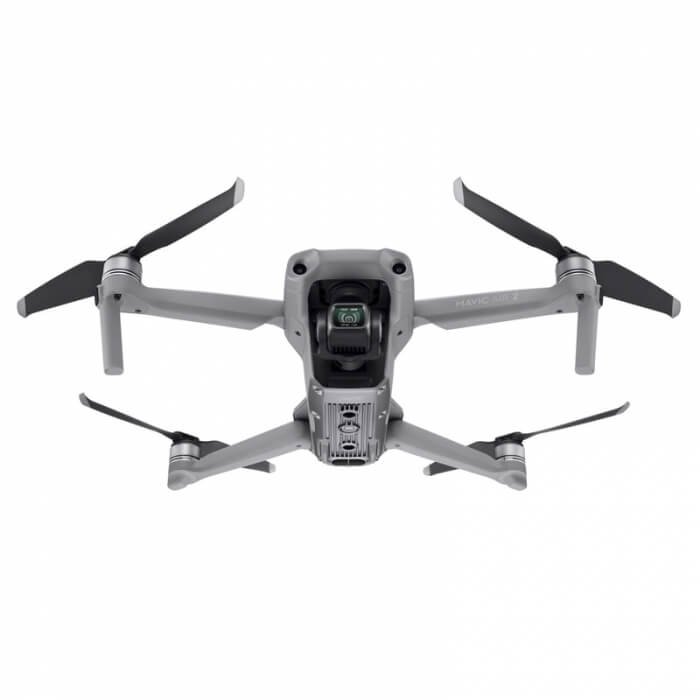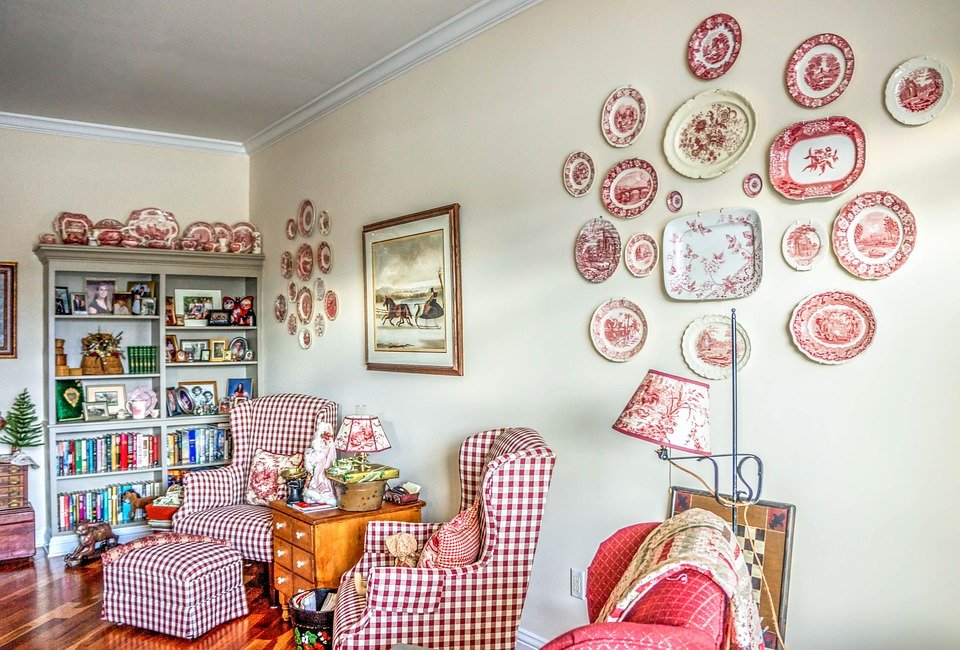AutoCAD is a widely-used computer-aided design (CAD) software that allows users to create precise 2D and 3D designs. To efficiently navigate AutoCAD, it’s important to familiarize yourself with the most commonly used commands. In this article, we will provide a straightforward overview of these commands in plain English, ensuring readability, visibility, and accessibility for both beginners and search engines.
- Line: The “Line” command in AutoCAD is used to draw straight lines between two points. Simply specify the starting and ending points, and AutoCAD will create a line segment accordingly. This command is particularly useful for creating outlines, dimensions, and boundaries within your design.
- Circle: The “Circle” command allows you to draw circles of specified radii. By specifying the center point and radius, you can easily create perfect circles. This command is often used for creating arcs, curves, and rounded shapes in your design.
- Arc: The “Arc” command enables you to draw arcs of various sizes and angles. Specify the start, end, and radius to create an arc segment. This command is valuable when designing curved elements such as doors, windows, or decorative features.
- Rectangle: The “Rectangle” command is used to draw precise rectangles or squares in AutoCAD. You can define the dimensions by specifying the corner points or by entering the length and width values. This command is ideal for creating floor plans, furniture layouts, and architectural elements.
- Offset: The “Offset” command is essential when you need to create parallel lines or offset boundaries in your design. It allows you to copy and offset existing objects at a specified distance, either inside or outside the original shape. This command is often used for designing walls, trim lines, or duplicate elements.
- Trim: The “Trim” command helps you modify existing objects by trimming or cutting them with other objects. You can remove unnecessary portions of lines, arcs, or circles that intersect with the cutting edge. This command is crucial for refining and editing your design.
- Extend: The “Extend” command complements the Trim command by extending lines, arcs, or other objects to meet other lines or boundaries. It allows you to lengthen or connect elements without redrawing them entirely. This command is commonly used in architectural design, electrical layouts, and piping systems.
- Fillet: The “Fillet” command is used to create rounded edges between two lines or objects. By specifying a radius, AutoCAD will draw an arc connecting the two selected elements smoothly. This command is valuable for enhancing the aesthetics of your design and improving its functionality.
- Copy: The “Copy” command lets you duplicate objects within your design. Simply select the objects you want to copy and then specify the destination point. This command is useful for creating repetitive elements, patterns, or symmetrical designs.
- Mirror: The “Mirror” command allows you to create a mirrored copy of selected objects. It reflects the objects along a specified line, which serves as the mirror axis. This command is particularly handy for creating symmetrical designs and architectural features.
- Scale: The “Scale” command enables you to resize objects proportionally. You can either enter a scale factor or specify a reference point to determine the scaling factor. This command is helpful when adjusting the size of elements or objects within your design.
- Move: The “Move” command allows you to relocate objects within your design space. Select the objects you want to move, specify a base point, and then indicate the new location. This command is valuable for rearranging elements, adjusting layouts, or making room for new components.
- Rotate: The “Rotate” command lets you rotate selected objects at a specified angle around a base point. This command is beneficial when adjusting the orientation of elements, aligning objects, or creating rotational patterns.
- Array: The “Array” command is used to create copies of objects in a patterned arrangement. You can specify the number of rows, columns, and distance between the objects. This command is particularly useful when creating repetitive structures, such as fences, windows, or columns.
- Hatch: The “Hatch” command fills enclosed areas or boundaries with a specified pattern or color. This command is commonly used for representing materials, textures, or indicating different areas within your design.
Conclusion: Mastering the most commonly used commands in AutoCAD is essential for efficient and precise design work. By understanding and utilizing commands like Line, Circle, Trim, and others, you can create accurate 2D and 3D designs with ease. Remember to practice and experiment with these commands to enhance your proficiency in AutoCAD.

















